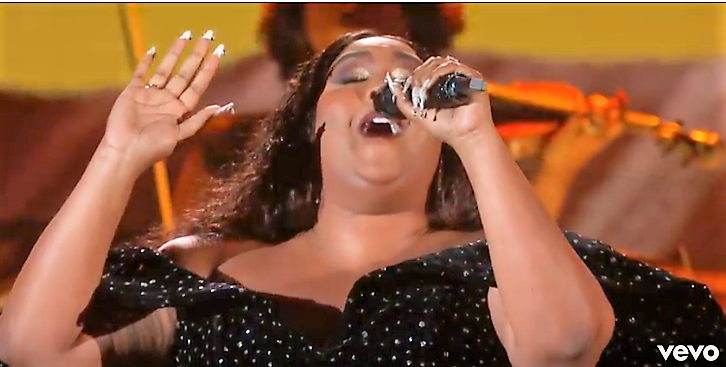Culture Takes the Spotlight on America's Biggest Musical Stage

Each year, millions of people tune in to watch the world's most celebrated musicians receive recognition for their work at the Grammys. This year, over 18.7 million viewers watched the show.
There was something different about this year's program, though. Historically, the Grammys have not featured or highlighted the cultural contributions of ethnic minorities within artist performances, artist nominations (and subsequent winners), and guest presenters. However, at the 2020 awards, we saw a marked and welcome shift towards inclusion, as culture seemed to take center stage and was reflected in all facets of the show, from the performances, to the nominees, to the hosts and presenters, to advertisers' engagement with the program.
Let's define culture. Culture refers to a person's individual upbringing — racial or ethnic heritage — among other things, which predisposes them to a set of decision-making processes that can differ from what is accepted as mainstream. Indeed, music is a key thread in the fabric of American culture, and we see that reflected in the scale and viewership of the Grammys.
A Troubling History
That said, the Grammys have not always been inclusive of the multifaceted, multicultural population that tunes in to watch it: In its more than 60-year history, there have only been four non-white hosts and it wasn't until 1989 that the rap genre even became an award category. It is for this reason that the Latin Academy of Recording Arts & Sciences (LARAS) decided to launch the Latin Grammys 20 years ago — specifically to celebrate the contributions of Latin artists around the world.
Beyond cultural inclusion, the Grammys have not always been gender-inclusive either. Take, for example, former president and chief executive — and first and only woman to lead the Recording Academy — Deborah Dugan's recent exit, citing she was removed from her position in retaliation for uncovering a range of misconduct, including sexism, within the organization.
Thankfully, this year, we saw the Grammy awards pivot in the right direction.
Culture Breaks Through in 2020
2020 was the first Grammy Awards show where cultural inclusion was so prevalent. It could be said that in years past, we might not have seen a performers such as Lizzo (pictured above) opening the awards show; three hip-hop performances; Billy Porter's shout out to total gender inclusion during his introduction of the Jonas Brothers ("Ladies, gentlemen, and those who have yet to make up their mind," he said); a five-minute tribute performance to black music royalty; Rosalia performing her break-out hit 100 percent in Spanish; Gary Clark Jr.'s rising performance of "This Land," covering the challenges of race relations in a supposed post-racial America; a reimagined version of FAME featuring world-renowned ballerina Misty Copeland and hip-hop legend Common; and a New Orleans Second Line performance to close the show. These moments are all are reflective of the changing landscape and demographics of America, which are moving towards being a multicultural majority.
An Invitation for Brands to Culturally Connect with Viewers
The Grammys also provided marketers with an opportunity to connect with a highly engaged multicultural audience at scale. We saw a variety of smart, inclusive advertising and marketing that built emotional connections through this culturally-relevant moment, including Google's Most Searched and ACT-SO partnership with NAACP; Pepsi's Super Bowl teaser with Missy Elliott and H.E.R.; Doritos' rebranding Post Malone as "Post Limon"; Disney's highly-anticipated sequel to Wonder Woman; and the trailer for Pixar's newest animated film, Soul, which is the first animated film to feature a black character as lead.
Looking at Nielsen's P2+ total viewership of The Grammys, 20 percent of viewers were African American, 14 percent were Hispanic, and 5 percent were Asian — which is reflective of the ethnic makeup of the American population.
While the Grammys presented a slam-dunk moment for brands to engage with diverse viewers, marketers should caution against using high-profile events as their only strategy to reach and connect with the multicultural consumer. It should be a part of their media strategy — but, alone, it misses the mark. Using high-profile programs such as the Grammys can be a launchpad to engaging with endemic media partners to, ultimately, enrich a culture-first strategy.
Don't stop now! Stay in the know with more from Publicis
Click the social buttons to share this story with colleagues and friends.
The opinions expressed here are the author's views and do not necessarily represent the views of MediaVillage.com/MyersBizNet.


